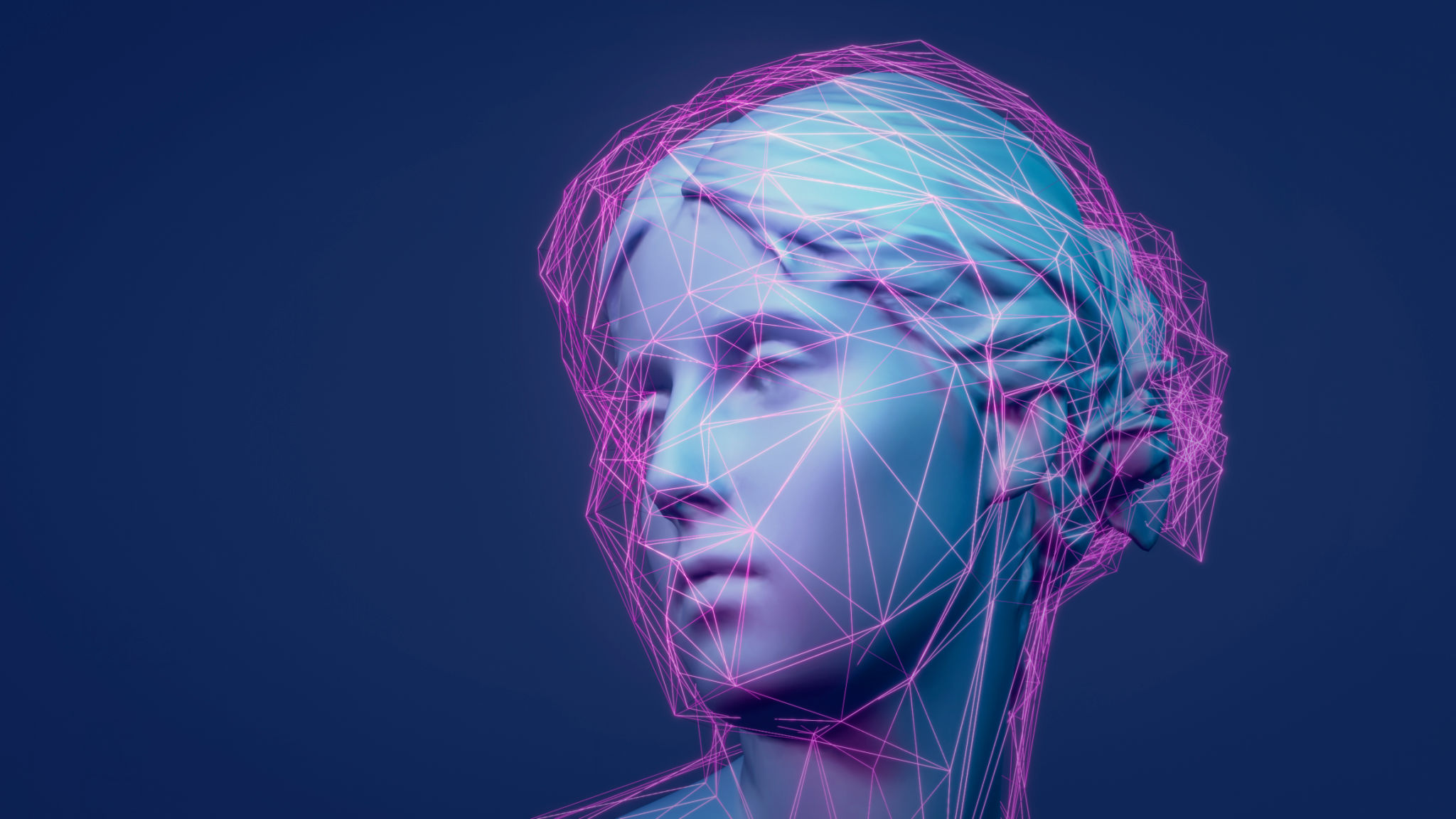Experimenting with AI Models: A Step-by-Step Guide to Fine-Tuning with Hugging Face
Introduction to AI Model Fine-Tuning
As artificial intelligence continues to evolve, fine-tuning AI models has become a crucial skill for developers and data scientists. One of the most popular platforms for this task is Hugging Face, known for its robust library of pre-trained models. In this guide, we will explore the step-by-step process of fine-tuning AI models using Hugging Face, helping you enhance model performance for specific tasks.

Understanding Pre-Trained Models and Fine-Tuning
Before diving into the fine-tuning process, it's essential to understand the concept of pre-trained models. These models, which have already been trained on extensive datasets, serve as a solid foundation for various tasks. Fine-tuning involves adapting these models to perform specific tasks by training them on a smaller, task-specific dataset. This process is both time-efficient and cost-effective compared to training a model from scratch.
Benefits of Fine-Tuning
Fine-tuning offers several benefits, chief among them being improved model accuracy for specific tasks. It also reduces the computational cost and time required to develop a model. By leveraging existing knowledge from pre-trained models, developers can focus on refining model performance for niche applications.
Getting Started with Hugging Face
To begin your fine-tuning journey with Hugging Face, you'll first need to set up your environment. This involves installing the Hugging Face Transformers library and ensuring you have access to necessary computing resources. Once set up, you can explore the vast array of models available in the Hugging Face Model Hub.

Choosing the Right Model
Selecting the appropriate pre-trained model is crucial for successful fine-tuning. Consider factors such as the type of task (e.g., text classification, translation, question answering) and the language or domain your application targets. Hugging Face provides detailed documentation and community insights to assist in this selection process.
Preparing Your Dataset
With your model in hand, the next step is to prepare your dataset. Ensure that it is properly formatted and aligned with your specific task requirements. Label your data accurately and consider using tools like the Hugging Face Datasets library to streamline this process. A well-prepared dataset is key to effective fine-tuning.

Training and Evaluation
With your dataset ready, you can proceed with training your model. Hugging Face provides straightforward APIs and tools to facilitate this process. Monitor training progress closely and evaluate model performance using validation datasets. Fine-tuning often requires iterative adjustments to parameters and hyperparameters for optimal results.
Deployment and Continuous Improvement
Once satisfied with your model's performance, it's time to deploy it into production. Hugging Face offers solutions for seamless deployment, allowing you to integrate your fine-tuned model into applications. Remember that AI models require continuous monitoring and updates to maintain accuracy and relevance.
Leveraging Community Support
The Hugging Face community is a valuable resource for troubleshooting, sharing insights, and staying updated on the latest advancements in AI modeling. Engage with other developers and experts through forums, workshops, and collaborative projects to enhance your knowledge and skills.

Conclusion
Experimenting with AI models through fine-tuning on Hugging Face opens up a world of possibilities for tailored AI solutions. By following these steps, you can harness the power of pre-trained models to meet specific needs efficiently. As you gain experience, you'll discover new ways to innovate and improve AI applications across various fields.